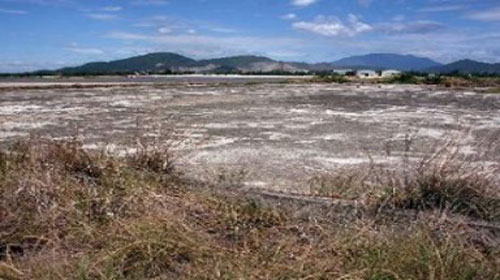VietNamNet Bridge – About 16 of the 28 lakes at southern Dong Nai Province's Bien Hoa Airbase have been found to have dangerously high concentrations of dioxin.

|
|
About 16 of the 28 lakes at southern Dong Nai Province's Bien Hoa Airbase have been found to have dangerously high concentrations of dioxin.—File Photo
|
Authorities have told local residents not to drink or use the water.
The highest concentrations of dioxins were found to be more than 8,000 parts per trillion (ppt), eight times higher than recommended levels.
The news was released yesterday morning (March 10) at a meeting in Ha Noi. It follows a report from a project titled Environmental Remediation in Dioxin Contaminated Hotspots in Viet Nam, undertaken last year and funded by the Global Environment Facility (GEF)/ United Nations Development Program (UNDP).
Le Ke Son, director general of the Office of National Steering Committee 33, the body in charge of handling the consequences of toxic chemicals used by the United States during the war in Viet Nam, said that the dioxins were also found in new lakes located on high ground at the airbase.
The report said the most toxic dioxin, 2,3,7,8-tetrachlorodibenzo-p-dioxin (TCDD), was found in samples of soil and sediment taken near lakes to the north and east of the airbase.
The contamination is believed to be caused by toxic chemicals used during the American War 1959-1975.
According to experts, the level of dioxins at the airbase is higher than at airports in Da Nang and Phu Cat, two others dioxin contaminated hotspots.
They said additional observations needed to be conducted to provide a panorama of the problem - and ways of treating it.
They have suggested that Government agencies be told to take steps to protect the health of residents living near the airbase.
The experts agreed that fishing in the lakes should be banned and that local residents avoid all contact with lake water.
The office of national steering committee will send the report to the Ministry of Defence so that it can finish a master plan to treat dioxin contamination at the area.
The defence ministry has already buried 94,000 cubic metres of contaminated soil from an area at the airbase with the highest levels of dioxin concentration.
Source: VNS